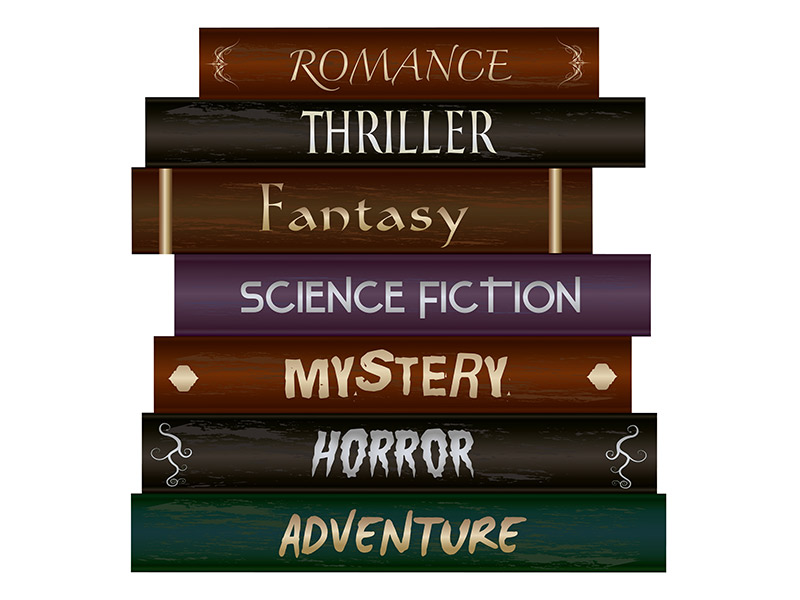Building Suspense—Part 1
“Think of suspense as building worry or apprehension.”1
“…when it comes to suspense, what I think of is everything the writer does—or has at her disposal to do—to keep the reader turning the pages of her book. That’s it.”2
I believe that every story contains elements of suspense. And the basics for building suspense are the same no matter the genre. In a romance, we follow the lovers through a sequence of overcoming set-backs to happily ever after. While in a mystery we pit our wits against the detectives to discover whodunit. A thriller has us on the edge of our seats as the good guys race to save the world. And in science fiction, fantasy books, and historical novels, the characters encounter the same basic problems but in different worlds or different eras.
Which leads to my first point. In building suspense, as in any building, we must start with a solid foundation. Well-written characters. Suspense begins with characters the readers care about. It’s our job as writers to make sure they find some way to connect with our protagonist(s), and in some cases, even our antagonist. If we accomplish this, then building suspense into our books will be easy because our readers want to know what happens next.
What makes a character likable or relatable? Share with readers the character’s concerns or fears. On the first page of the Prologue to A Stranger on My Land, a Civil War romance, Sandra Melville Hart shows her main male character, Private Adam Hendricks, struggling with doubts about his commanding officer and his orders to advance up the hill. But Adam prays and then follows his comrades up the mountain. We care what happens next. Will he survive the battle?
Let the reader see the character in a situation they can identify with. Starr Ayers paints a picture on page one of her time-slip romance novel, For the Love of Emma, of a young man, Noah Anderson, smitten with a pretty young waitress, but he can’t bring himself to sit at her booth. Who hasn’t been attracted to a stranger before?
Show the character’s strengths and weaknesses. Make her or him human. In my book, Deadly Guardian, a romantic suspense, I open with my protagonist, Madison Long, feeling as if she’s being watched. She wills herself to remain still and scan the scene for any place he could be hiding. But after a while, she shudders and moves away from the window. We’ve all struggled to be strong in the face of a possible threat.
As you can see, catching a reader’s interest in a character begins with the first page. Sometimes the first sentence. Look at the books you’ve enjoyed. Examine the first pages and see what drew you into the story. Was it the characters?
What makes you care about a character in a book?
Is it possible for a book to be suspenseful if you don’t care about the characters in it?
1 James, Steven. Troubleshooting Your Novel: Essential Techniques for Identifying and Solving Manuscript Problems (Cincinnati: Writer’s Digest Books, 2016), 202.
2 George, Elizabeth. Write Away: One Novelist’s Approach to Fiction and the Writing Life (New York: HarperCollins Publishers Inc., 2004), 167.


